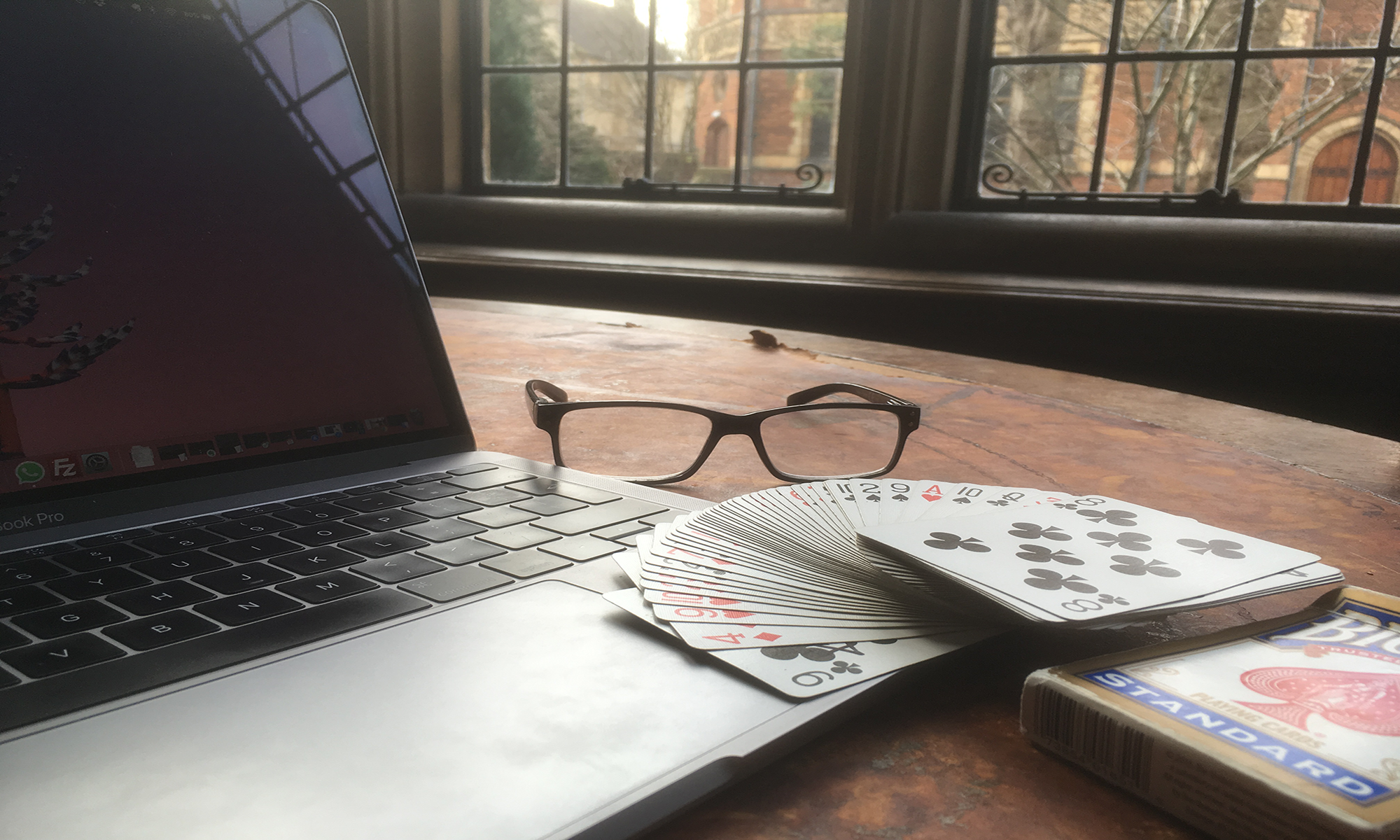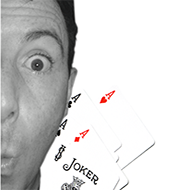
It’s getting chunky in here.
One of the most valuable techniques for a performer is “chunking”.
Chunkadelic
I got the term chunking last year from the excellent speaker Lee Jackson at a Professional Speaking Association event, but I have long thought of my own magic and circus shows as being made up of modules. Stand up comedians talk about “bits”. They are all effectively the same thing. A show is broken down into discrete units which can be added, dropped, rearranged, re-worked or replaced as necessary.
The benefit of this approach is huge.
Show Ready it Doesn’t Hurt
I have a few template shows in my mind. However, for most of my shows I don’t see the venue until I turn up 30 minutes before the event starts. Sometimes I discover that there is an unconventional room layout, or that the age group of the audience is not what I was expecting, or I have to do a show of a different length because I suddenly find that they have booked an additional entertainer without telling me. It is important to be able to react and adapt in the moment without pain. A modular approach enables me to shorten or lengthen my show at will, I can change the age targeting in an instant, I can add or drop elements to suit the venue.
Providing you have enough modules in your toolkit to start with then you are pretty much ready for anything.
This chunking approach works wonders outside of magic and show business as well.
Ready for Battle
The military say that it is in the heat of the battle that the training kicks in. In other words, they have rehearsed responses to many different scenarios. These responses become second-nature reactions to certain circumstances. They have learned modules, chunks, “bits”. You can do the same in your work and personal life.
Tool Up
Consider learning techniques that will apply in multiple situations.
To take a mundane example, learning to change a car tyre. You never know when it will come in handy, but you will grateful that you learned it if you ever need it. Or learning how to read a balance sheet. Or getting to inbox zero in your email.
Rehearse and develop protocols to be followed in certain situations. Why do we have fire drills? So that everyone knows what to do if there is a fire.
You can develop your own protocols for non-emergency situations. To go back to the inbox zero example, how do you react when a new email comes in? If you have an established protocol you can ensure that it is dealt with appropriately, efficiently and at the right time.
The more of these techniques that you can add to your personal and corporate toolbox, the more you will be equipped to react in a wide variety of situations.
So, let’s get chunky!

